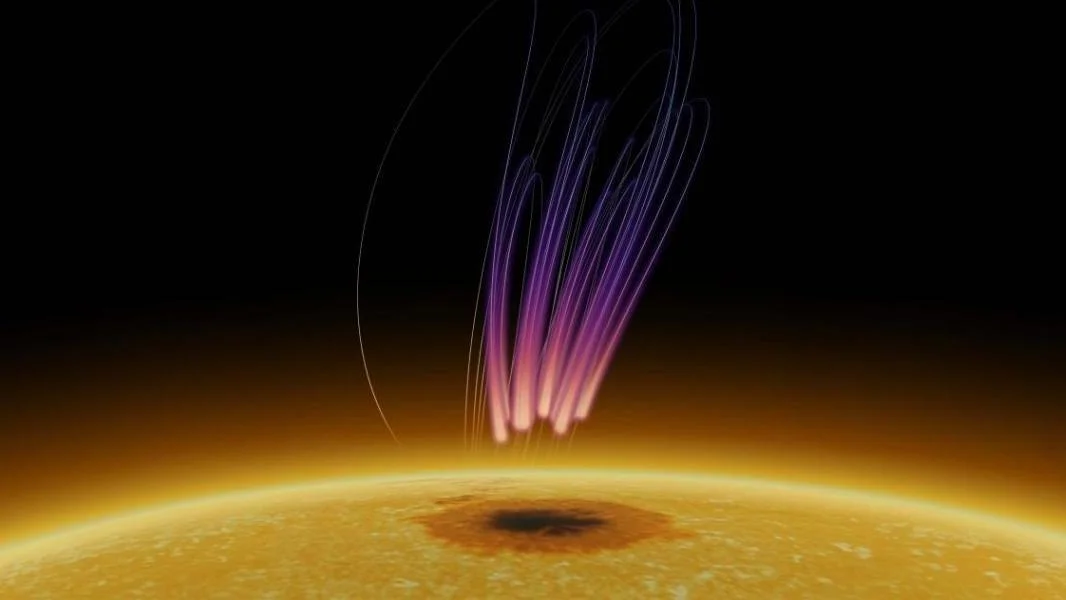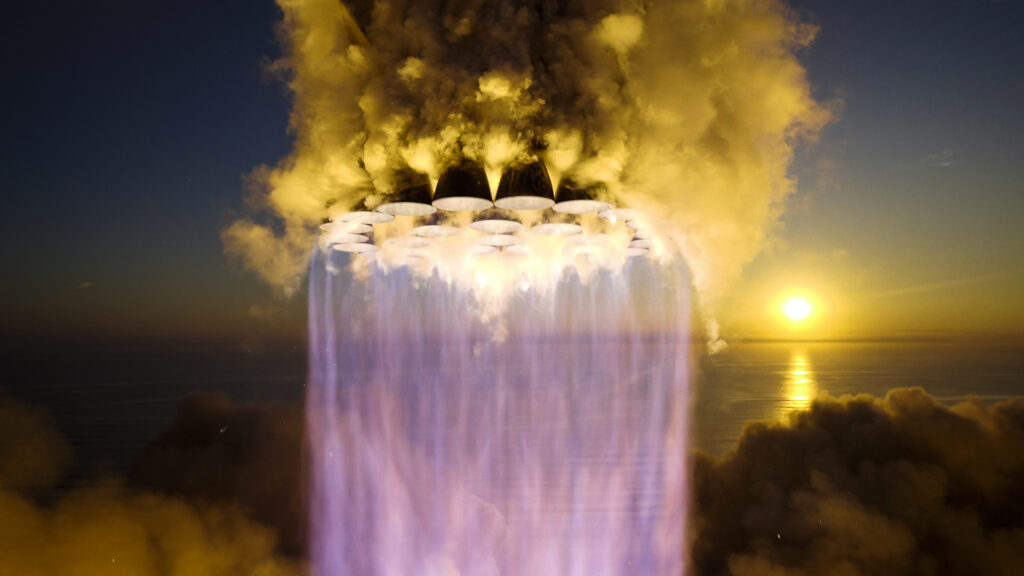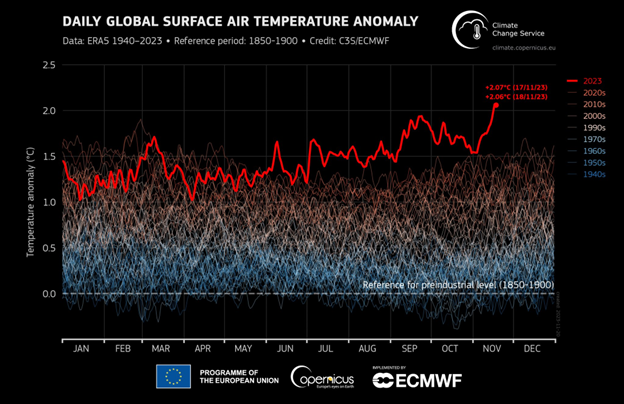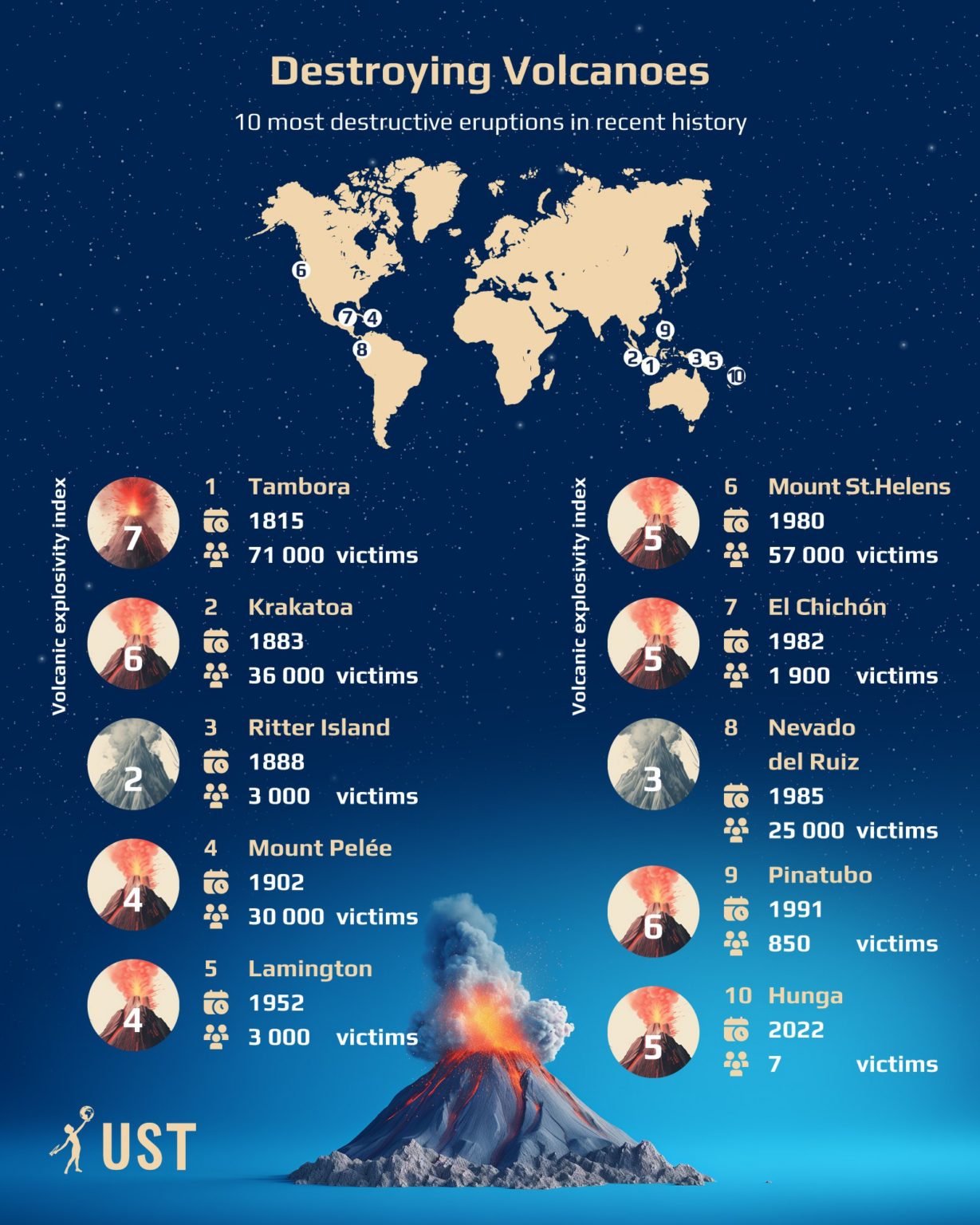Selection of the most interesting space news for the week: A mysterious cargo was contained on board a Chinese rocket that crashed into the Moon; the James Webb Telescope photographed the centre of the Milky Way, and we talk about the creation of the ISS.

Aurora was discovered on the Sun
Scientists have discovered for the first time the radio emission emitted by our Sun, similar to the signals of the aurora borealis. Its source was located at a distance of about 40 thousand km from the sunspot. It is a region in the photosphere with a lower temperature. Because of this, the spot appears darker than the surrounding surface.

It is worth noting that in the past, astronomers have already recorded radio signals similar to the aurora borealis from other stars. But this is the first time they have observed it in the Sun.
Plutonium for NASA
The US Department of Energy delivered a batch of 0.5 kg of newly manufactured plutonium-238 to the Los Alamos National Laboratory. This is an important step towards providing energy for NASA’s deep space missions.

Plutonium-238 is used in radioisotope thermoelectric generators that provide energy for such iconic missions as Voyager, New Horizons and Perseverance. The problem is that NASA now has very limited reserves of this isotope. Its production was stopped back in 1988 and resumed only a few years ago. At the same time, for a long time it was about actually symbolic isotope batches. That is why the new batch is an important step towards achieving the goal of producing at least 1.5 kg of plutonium-238 per year. It is planned to achieve it by 2026.
North Korea is covering its tracks
Astronomers from Yonsei University published a video showing the explosion of the first stage of the North Korea’s Chŏllima 1 rocket. According to experts, this could be a deliberate action on the part of the DPRK.
The destruction of the stage could make it possible to hide the use of foreign components in it, especially Russian ones. Before that, South Korea had already accused Russia of helping the DPRK to launch Chŏllima 1. In exchange, the aggressor country received North Korean shells. They are now being actively used by its army at the front.
Mysterious cargo on a Chinese rocket
Aerospace engineers at the University of Arizona published an investigative article regarding the nature of the mysterious object that crashed into the moon on March 4, 2022. They confirmed that it was the booster of a Chinese rocket that had been wandering in space since 2014.

However, having solved one mystery, the researchers discovered a new one. The fact is that WE0913A left an unusual double crater on the surface of the Moon, as if it represented not one, but two separate objects. The researchers concluded that an unknown cargo had been attached to the booster all these years, which levelled the centre of gravity. It was also responsible for the formation of the second crater. However, it is still unknown what it is.
Timing of the next Starship flight
One of the main news of the past week was the second flight of the superheavy Starship rocket. Despite the fact that it failed to reach orbit again, most experts assessed the test results and the progress achieved by SpaceX quite positively.

In this regard, a logical question arises: when can we see the third flight of Starship? According to Elon Musk, all the necessary equipment for this can be ready in just 3 to 4 weeks. But in reality, this flight is unlikely to take place before next year. The fact is that first SpaceX will have to investigate the causes of the accident during the second launch of Starship, and then get permission for a new test from the Federal Aviation Administration of the United States. It’s obviously taking some time.
Successful firing of Ariane 6
ESA and Arianespace specialists carried out the firing of the first stage of the new Ariane 6 rocket. It took place on November 23 at the Kourou cosmodrome in French Guiana.

In total, the engine of the first stage of the Ariane 6 worked for seven minutes. During this time, it burned 150 tons of liquid oxygen and hydrogen. Despite the fact that the full results of the firing will be published no earlier than November 30, experts are already talking about it as successful. This is an important step towards putting Ariane 6 into operation.
Photo of the week: Stellar maternity hospital in the centre of the Milky Way
Working with the James Webb Space Telescope (JWST) used it to capture the centre of the Milky Way. In the published image, you can see Sagittarius C — the region of active star formation, which is located about 300 light-years from the supermassive black hole Sagittarius A*. Among the approximately 500 thousand luminaries in the JWST image, there is a cluster of protostars. They are still forming and gaining mass, creating flows that glow like a bonfire in the middle of a dark cloud.

Interesting figure — 2.07 degrees
2.07 is exactly the number of degrees the global temperature on Earth exceeded the average pre-industrial values recorded in the period from 1850 to 1900, i.e. before the widespread use of fossil fuels. This record figure, not in the best sense of the word, was recorded on November 17, 2023. Preliminary data for November 18 also indicate that the average temperature is 2.06 °C above the pre-industrial level.

Moreover, the global surface air temperature on November 17 was 1.17 °C above the average for the period from 1991 to 2020. Thus, November 2023 is likely to be the hottest month in the history of observations.
Something to read on the weekend
November 20 marked exactly a quarter of a century since the start of construction of the International Space Station. In this regard, we published a longrid dedicated to the very complicated history of this project, as well as the future of the orbital outpost of humanity.

Another, in the literal sense of the word, “hot” topic of the past days — volcanoes. Recently, many volcanoes on our planet have become noticeably more active. In this regard, the editors of The Universe Space Tech have prepared a selection of the ten deadliest and most destructive eruptions that have occurred over the past two hundred years. It clearly demonstrates how dangerous such events can be, and why volcanic danger should always be treated with the utmost seriousness.As we have already said, November 2023 has every chance of becoming the hottest in history. Therefore, you may be interested in our material on global warming and how it can affect all of us.
Follow us on Twitter to get the most interesting space news in time
https://twitter.com/ust_magazine


